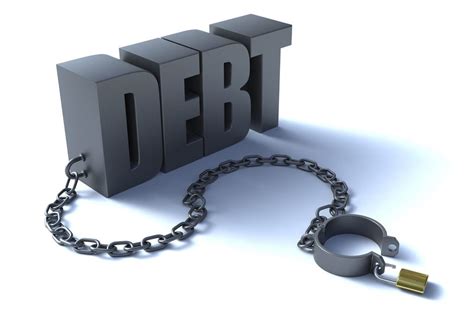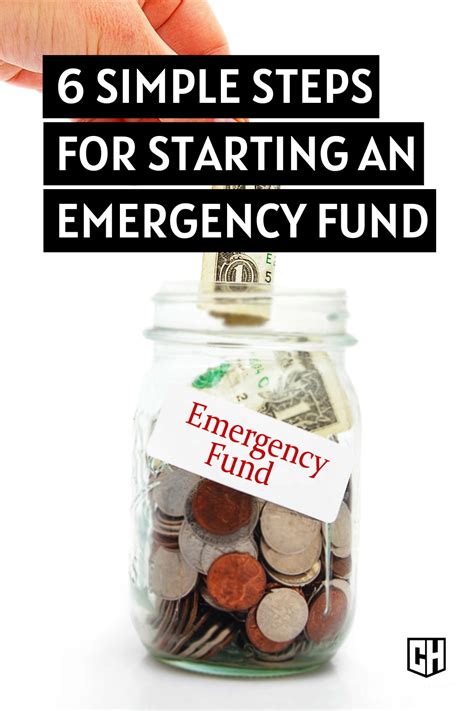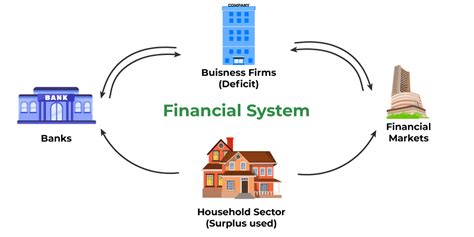High-interest debt can feel like a financial anchor, dragging down your progress towards a secure and prosperous future. Whether it’s credit card balances, personal loans, or other costly obligations, these debts erode your income and stifle your ability to build real wealth. But what if you could not only eliminate them quickly but also pivot rapidly into a powerful wealth-building phase? It’s entirely possible with the right strategies and unwavering commitment.
Understanding Your Financial Foe: High-Interest Debt
Before you can conquer high-interest debt, you need to understand its nature. Generally, any debt with an annual percentage rate (APR) significantly above the current inflation rate or a typical mortgage rate can be considered high-interest. This most commonly includes credit card debt, payday loans, some personal loans, and certain types of store financing. The insidious nature of these debts lies in their compounding interest, which can make a small principal balance balloon rapidly, trapping you in a cycle of minimum payments that barely touch the principal.
This kind of debt is a direct antagonist to wealth building. Every dollar spent on high-interest payments is a dollar that cannot be saved, invested, or used to generate more income. It’s crucial to identify these debts, understand their total cost, and commit to neutralizing them as swiftly as possible.

The Aggressive Attack Plan: Crushing Debt
Your primary objective is to eliminate high-interest debt with surgical precision and speed. Two popular strategies stand out:
1. The Debt Avalanche Method
This method involves listing all your debts from highest interest rate to lowest. You pay the minimum on all debts except the one with the highest interest rate, on which you throw every extra dollar you can find. Once that debt is paid off, you take the money you were paying on it and add it to the payment of the next highest interest rate debt. The debt avalanche is mathematically superior, saving you the most money in interest over time.
2. The Debt Snowball Method
Conversely, the debt snowball involves listing debts from smallest balance to largest. You pay the minimum on all debts except the smallest, to which you apply all extra funds. Once the smallest debt is paid, you roll that payment amount into the next smallest debt. While it may cost more in interest, the psychological wins of quickly paying off smaller debts can be a powerful motivator for some.
3. Supercharge Your Payments
Regardless of the method you choose, the key is to free up as much cash as possible to accelerate payments. This means creating a lean budget, drastically cutting discretionary spending, and exploring ways to increase your income through side hustles, overtime, or selling unused items. Every extra dollar you can direct towards your high-interest debt is a dollar that works harder for your financial freedom.

Pivoting to Prosperity: Building Wealth While Reducing Debt
While crushing debt is paramount, a parallel strategy of wealth building, even if small, can be incredibly empowering and set you up for future success.
1. Build a Mini Emergency Fund
Before throwing every penny at debt, establish a small “starter” emergency fund (e.g., $1,000 or one month of expenses). This acts as a buffer against unexpected costs, preventing new debt from derailing your progress. Once high-interest debt is gone, you can build this fund to 3-6 months of living expenses.
2. Automate Small Savings & Investments
Even if it’s just $25 or $50 a month, automate a contribution to a retirement account (like a 401(k) to get a company match) or a low-cost index fund. This instills the habit of saving and investing early. The power of compounding works best over long periods, so starting even small and consistently is better than waiting.
3. Boost Your Earning Potential
Invest in yourself. Acquire new skills, pursue certifications, or network to find better job opportunities. A higher income not only allows you to pay off debt faster but also significantly increases your capacity to save and invest for wealth accumulation.

Accelerating Your Wealth Journey Post-Debt
Once high-interest debt is vanquished, your financial landscape transforms. Now, you can aggressively reallocate those freed-up funds towards serious wealth building.
1. Maximize Retirement Accounts
Contribute the maximum allowed to tax-advantaged accounts like 401(k)s, IRAs (Roth or Traditional), and HSAs. These vehicles offer significant tax benefits and powerful compounding growth over decades.
2. Smart Investing Beyond Retirement
Explore diversified investment portfolios that align with your risk tolerance. Consider low-cost index funds, ETFs, and potentially real estate or other income-generating assets. Educate yourself on market fundamentals and avoid speculative fads.
3. Continuous Financial Education
The world of finance is ever-evolving. Stay informed, read books, listen to podcasts, and consider working with a fee-only financial advisor as your assets grow. Continuous learning is a cornerstone of sustained wealth management.

Maintaining Momentum and Mindset
The journey from debt to wealth is a marathon, not a sprint. Consistency, discipline, and a resilient mindset are your greatest assets.
- Regularly Review Your Budget: Ensure your spending aligns with your goals.
- Set Clear Financial Goals: Define what “wealth” means to you and set measurable targets.
- Celebrate Milestones: Acknowledge your progress, no matter how small, to stay motivated.
- Avoid Lifestyle Creep: As your income grows, resist the urge to immediately upgrade your lifestyle. Instead, funnel increased income into savings and investments.
By diligently applying these strategies, you’re not just paying off debt; you’re fundamentally reshaping your financial future. You’re transitioning from being a consumer of credit to a savvy investor and wealth builder. The speed at which you achieve this transformation will largely depend on your dedication and the intensity of your efforts.

Conclusion
Crushing high-interest debt and building real wealth, fast, is an ambitious but entirely achievable goal. It demands a clear understanding of your current financial situation, a focused attack on high-cost debt, and a disciplined pivot towards consistent saving and intelligent investing. By embracing these principles, you can break free from financial constraints and embark on a rapid path to lasting financial independence and prosperity.




